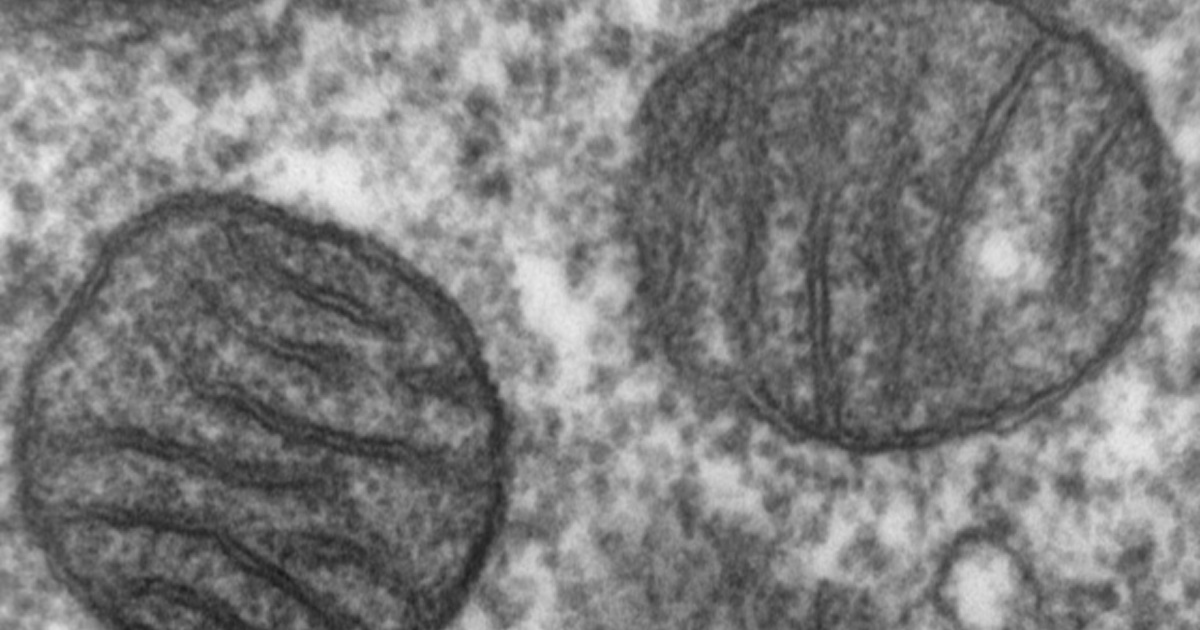
We’re learning more and more about how life first evolved on Earth.
Now, an event that allowed plants to flourish – and has only been known to have happened three times total during the history of life on this planet – is happening again.
A marine bacterium was subsumed into its host organism, co-evolving with the algae for long enough that it can be considered an organelle – part of the alga’s cellular machinery.
That makes the algae the first eukaryotes – organisms with their DNA in a membrane-bound nucleus – to contain an organelle capable of fixing nitrogen.
This is the process by which microbes pull free nitrogen from the environment and combine it with other elements to form new nitrogen compounds.
Notably, like the fertilizers that are essential for life to thrive.
Tyler Coale, the author of a recent paper on the discovery, made a statement calling the occasion “very rare.” That honestly might be an understatement.
The first time we know of it happening, it gave rise to the first complex life by birthing mitochondria. The second, over a billion years ago, created a chloroplast, which made all plant life on Earth possible.
This latest discovery actually began 30 years ago when a team led by professor Jonathan Zehr discovered a new cyanobacterium with the ability to fix nitrogen. They named if UCYN-A, and at that very same moment, paleontologist Kyoko Hagino was growing a marine alga that would turn out to be its host.
Now, UCYN-A has co-evolved with its host to the point of basically being one organism – an organelle.
The international teams of researchers are laying out their evidence in two new papers.
The first demonstrated that UCYN-A and its hosts species have similar size ratios and that their metabolisms are combined.
“That’s exactly what happen with organelles. If you look at the mitochondria and the chloroplast, it’s the same thing: they scale with the cell.”
The second paper presented evidence of UCYN-A importing proteins from its host cells, a hallmark of organelle development.
“They start throwing away pieces of DNA, and their genomes get smaller and smaller, and they start depending on the mother cell for those gene products – or the protein itself – to be transported into the cell.”
“It’s kind of like this magical jigsaw puzzle that actually fits together and works.”
They’re calling their new organelle a “nitroplast,” and date its evolution to around 100 million years ago. It’s giving them insight into how nitrogen fixing impacts ocean ecosystems, and maybe farming on land, as well.
“This system is a new perspective on nitrogen fixation, and it might provide clues into how such an organelle could be engineered into crop plants.”
They also don’t think UCYN-A is one of a kind, but just the only one found so far.
The truth is out there. Or down there.
Probably both.
Thought that was fascinating? Here’s another story you might like: Why You’ll Never See A Great White Shark In An Aquarium